Have you noticed the plaque (pictured above and below) on the wall of a house on Lower Largo's Main Street? Do you know what this was placed there for? Read on to find out the answer (or take some time to think about it first before reading on). The plaque sits between between two upper windows and has recently been painted gold and black. Previously it had a more grey-brown appearance (see image further below).
The house in question is shown in the Canmore collection photograph above, taken in the 1970s. The plaque can just be seen between the centre and left upper windows. This is 38 Main Street, known as Crampie, but once named Berwick View. Crampie is also the name of one of the named large boulders on Largo beach. Below are other examples of the same type of plaque - with the same sun symbol but varying number sequences. Do you know what these are yet?
To fully answer the question, let's go all the way back to 1666 and the Great Fire of London. This catastrophic event triggered the establishment of insurance offices. The first one was called the 'Fire Office' and started in 1680. At the beginning, it provided money for the restoration or reconstruction of buildings damaged by fire. However, insurance companies soon realised that it was cheaper to prevent and extinguish fires than simply to pay the cost of reconstruction. Insurance companies began to employ their own fire brigades.
The insurers created ‘fire mark’ plates, such as the one in Lower Largo, in order to identify which houses were insured by each company. These were installed prominently on an exterior wall facing the street. This identification was particularly important before the introduction of street numbering but they also served to advertise the insurance company's services. Sometimes, insurance companies had reciprocal arrangements with each other, so that if a fire brigade put out a fire at a house insured by another company then the brigade’s company would be reimbursed.
The fire plaque or plate provided instant visual proof that the household was insured against fire-risk, and guaranteed attendance by the insurance company's fire-fighters should the need arise. The illustration below depicts fire fighters from the Sun Fire Brigade circa 1800 with their rudimentary equipment. The newspaper clipping from the Fife Herald of 21 Oct 1824 gives an example of their brigade putting out a fire in Edinburgh.
The precise date of the Lower Largo example is unclear, as is who lived in the property at the time and took out the policy. However, it must have been someone with content worth protecting and with the financial means to pay for the insurance policy. Issued by the Sun Fire Office, which was founded in 1710, the policy may have been secured via an agent in Edinburgh (see example advert below from the Caledonian Mercury in 1733) or perhaps a more local agent if taken out at a later date (there was later a Cupar-based agent covering Fife). The Sun Fire Office eventually went on to become part of the Royal & Sun Alliance Insurance Group.
The Main Street plaque shows a face in the sun with rays and the policy number 656175 impressed on the panel below. The Sun Fire Office had 26 variations of their fire marks over the years but the one with a policy number beneath the sun was one of the early versions. So this Largo fire mark could well date to the eighteenth century. A few of these markers survive to this day up and down the country. Typically made from iron, lead or tin, only some plaques were embossed with both the sign of the insurance company and the five or six digit policy number below. The typeface used by Sun Fire Office makes the number 1 appear like a letter J.
The three further example fire plaques below are from other insurance companies. The one on the left is from the 'Hand In Hand Fire and Life Insurance Society' (est. 1696) and is part of a collection of one hundred different fire marks from around the country held by the Victoria and Albert Museum. Although the days of fire marks being in practical use are long gone, these plaques remain fascinating and decorative. People who study and collect fire marks even have a name - signevierists. Just how many fire marks Largo once had is unknown but it is wonderful that this example at least has survived, as the number of such plaques continues to diminish.
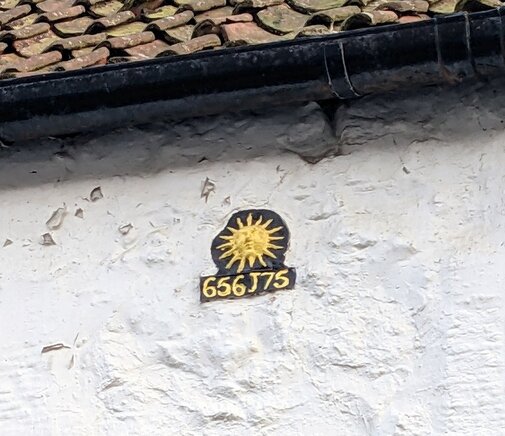
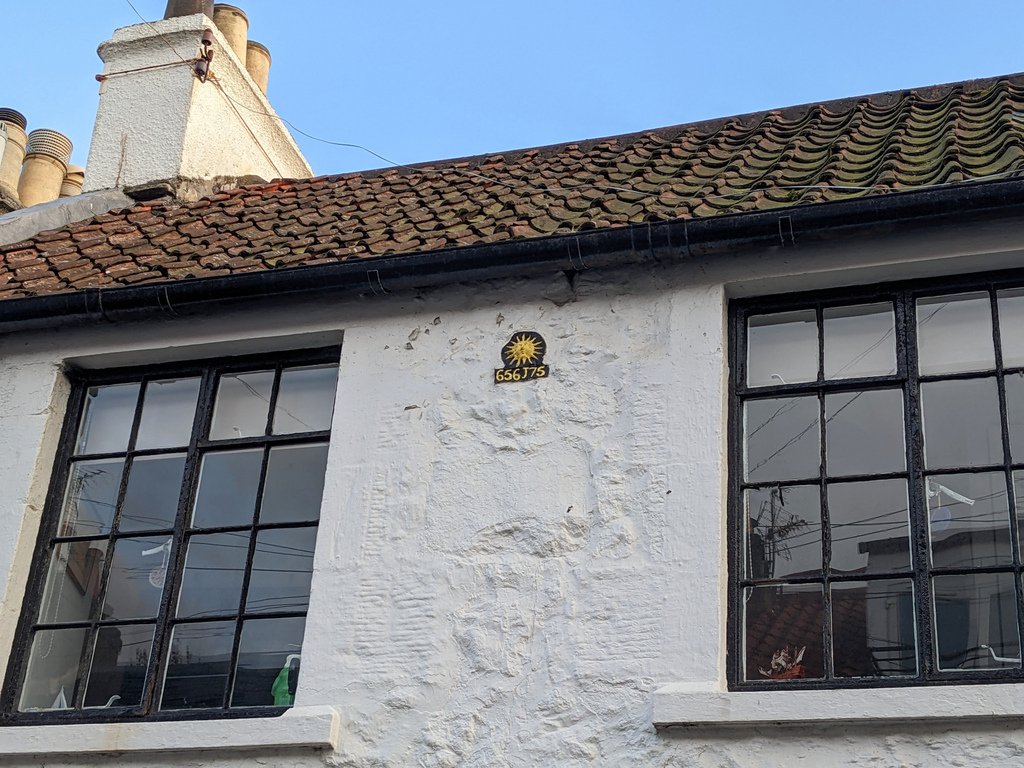
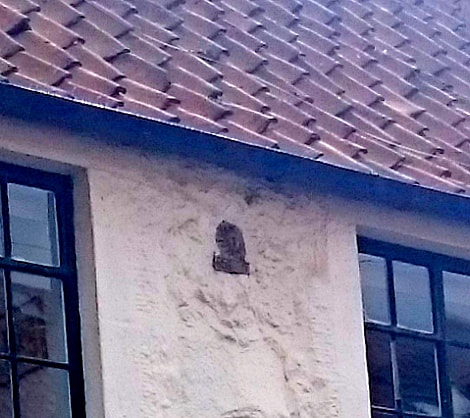
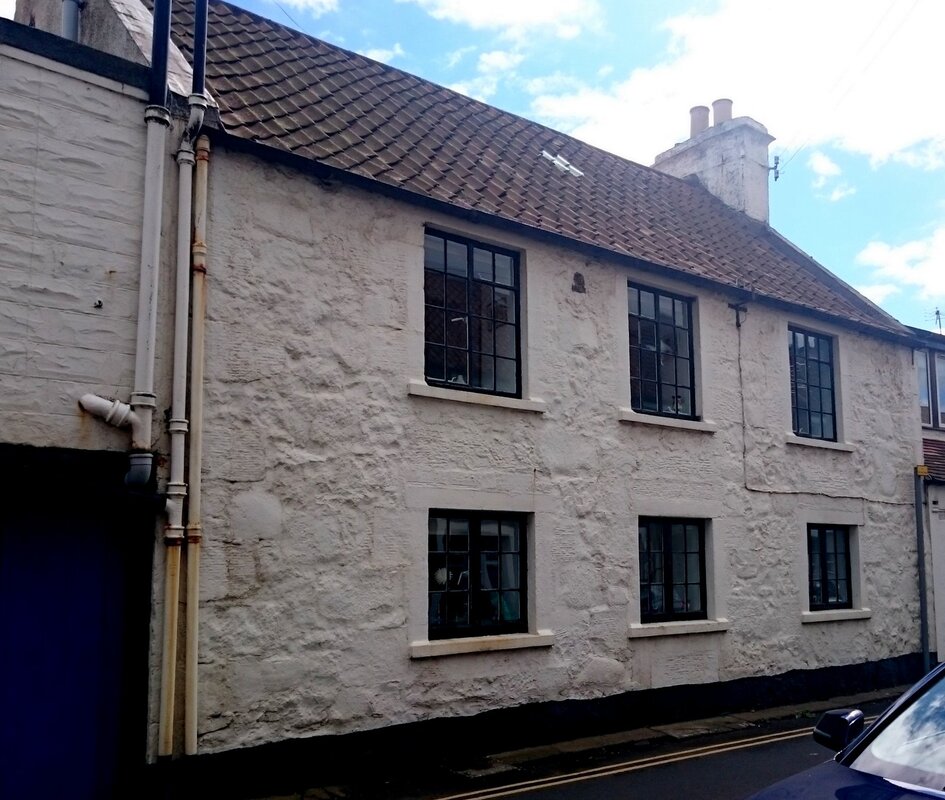
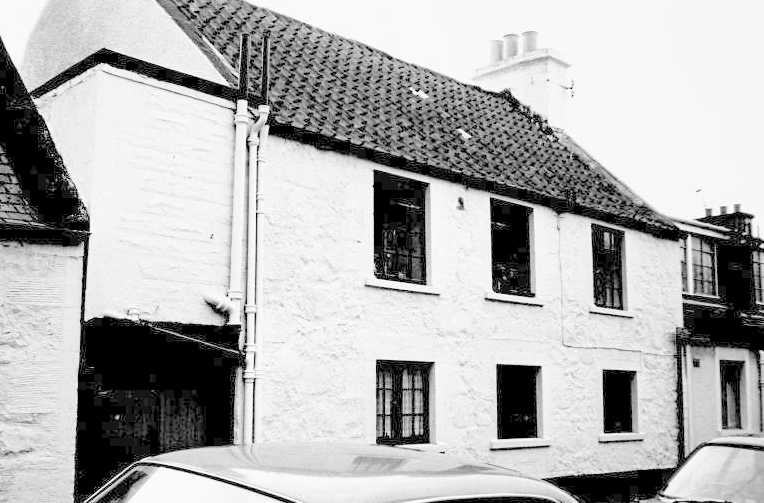
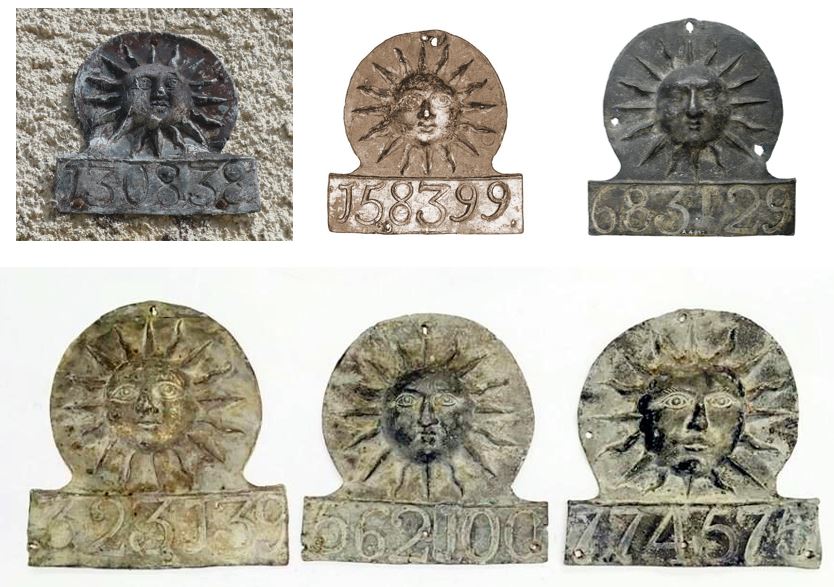
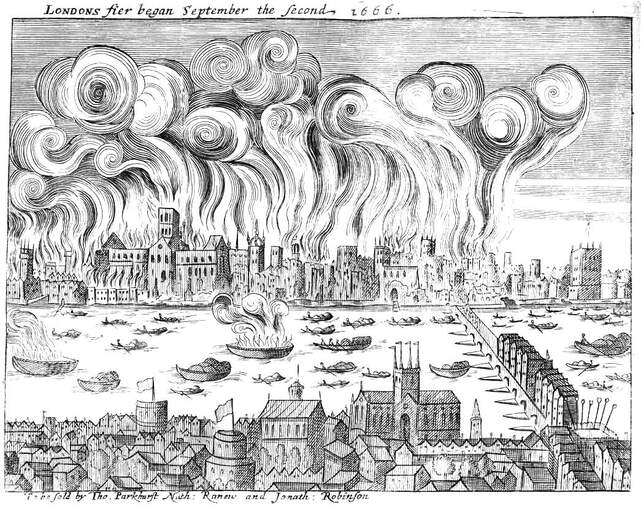
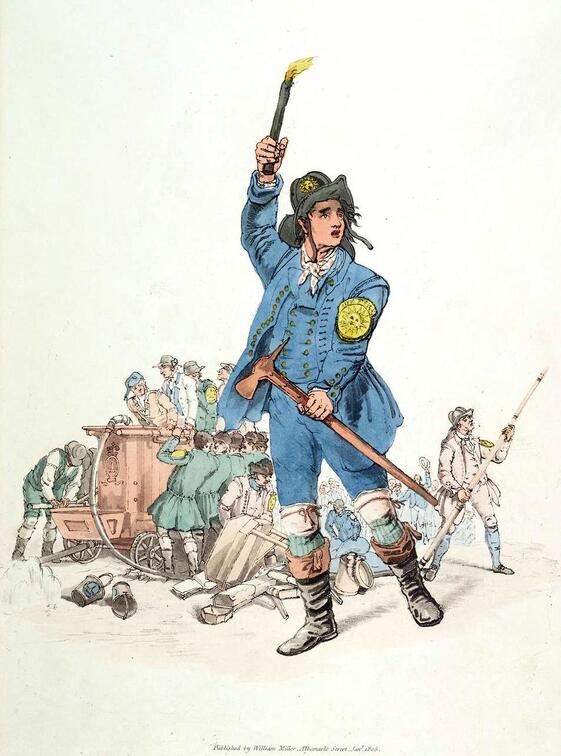
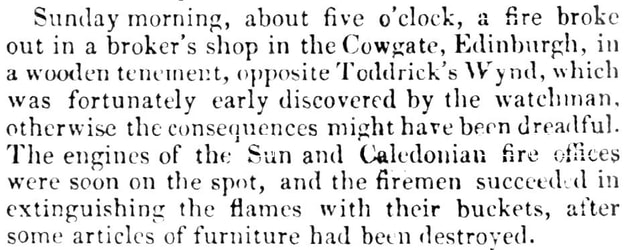
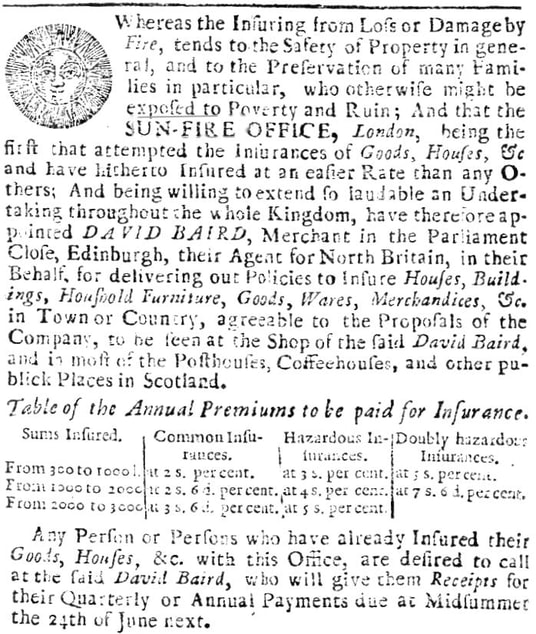

 RSS Feed
RSS Feed
